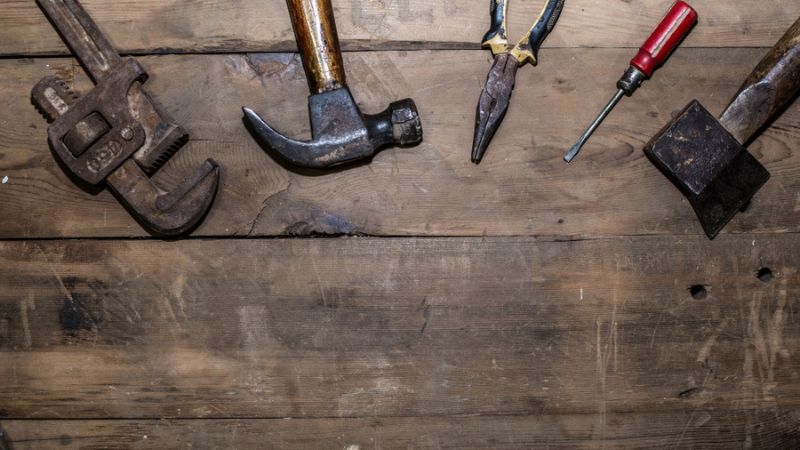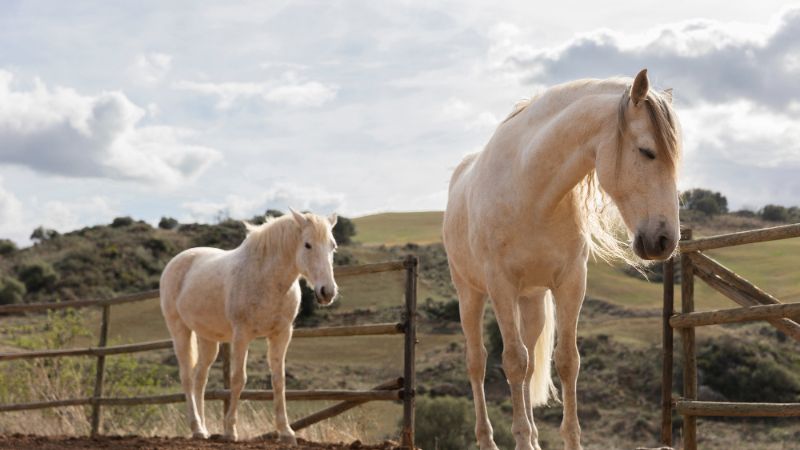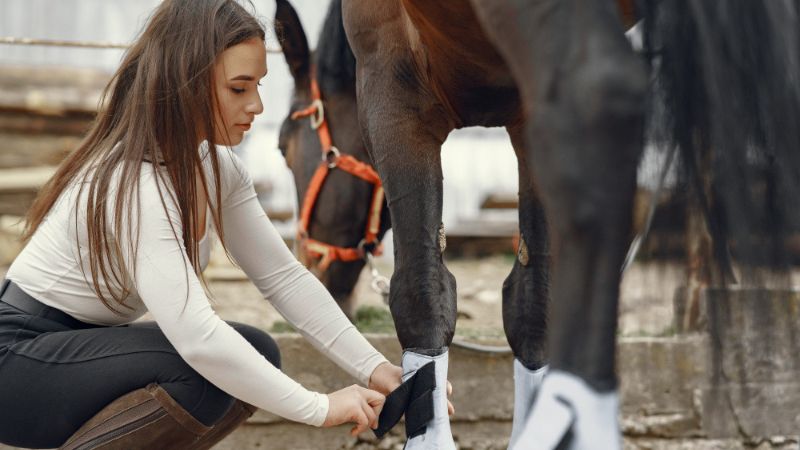Cutting Horse Equipment And Gear Essentials – Cutting horse riding is an exhilarating equestrian sport that demands precision, skill, and a deep bond between horse and rider. Originating from the task of separating cattle from a herd, it has evolved into a competitive discipline that showcases the agility and instinct of both horse and rider.
Central to excelling in this sport is the utilization of proper equipment and gear tailored to enhance performance and ensure the safety of both horse and rider. From specialized bits designed to communicate subtle cues to finely crafted saddles that provide stability and comfort, the equipment utilized in cutting horse riding is crucial to success in the arena.
Additionally, the attire worn by riders not only reflects tradition but also serves practical purposes, offering protection and freedom of movement during intense maneuvers. In this guide, we will explore the essential equipment and gear necessary for both horse and rider to thrive in the world of cutting horse competitions, emphasizing the importance of quality and proper maintenance for peak performance.
Cutting Saddle:
A cutting saddle is meticulously crafted to provide both the rider and the horse with optimal comfort and functionality during cutting maneuvers. It typically features a deep seat and a low, forward-angled horn that allows the rider to maintain balance and stability while making quick turns and sudden stops. The saddle’s design focuses on minimizing interference with the horse’s movement, ensuring maximum freedom for agile maneuvers. High-quality materials such as durable leather and sturdy tree construction are essential for longevity and performance in the demanding sport of cutting.
Also Read – How To Choose a Cutting Horse Trainer
Bridle:

The bridle used in cutting plays a crucial role in facilitating clear communication between the rider and the horse. Choosing the right bit is paramount, as it directly influences the horse’s responsiveness to the rider’s cues. Many cutting riders opt for a snaffle bit or a bit with short shanks, providing subtle signals for precise control during intricate maneuvers. Additionally, reins with the appropriate length and weight contribute to the rider’s ability to convey commands effectively, promoting fluidity and precision in performance.
Breastcollar:
A breastcollar serves as a vital piece of equipment in cutting, providing stability and security by preventing the saddle from shifting backward during rapid movements. It helps distribute pressure evenly across the horse’s chest, reducing the risk of discomfort or injury. The design of the breastcollar should allow for freedom of movement in the shoulders and provide sufficient adjustability to accommodate different horse conformations. Proper fitting and placement ensure optimal functionality, allowing the rider to focus on executing maneuvers with confidence and precision.
Leg Protection:
Protecting the horse’s legs is paramount in cutting, where quick stops, sharp turns, and potential contact with cattle pose inherent risks. Leg protection comes in various forms, including boots and wraps, each offering different levels of support and coverage. Boots provide comprehensive protection against impact and abrasion, while wraps offer flexibility and customization options for individual horse needs. Proper fitting and regular inspection are essential to ensure that the leg protection remains effective and comfortable for the horse throughout training and competition.
Cutting Chaps:
Cutting chaps are specialized riding apparel designed to provide both protection and flexibility for the rider during cutting maneuvers. Constructed from durable leather, they offer resistance against brush and debris while allowing for unrestricted movement in the saddle. The smooth leather interior promotes close contact with the horse, facilitating subtle cues and precise communication between horse and rider. Meanwhile, the suede or rough-out leather exterior enhances grip and stability, enabling the rider to maintain balance and control during dynamic maneuvers.
Reins:
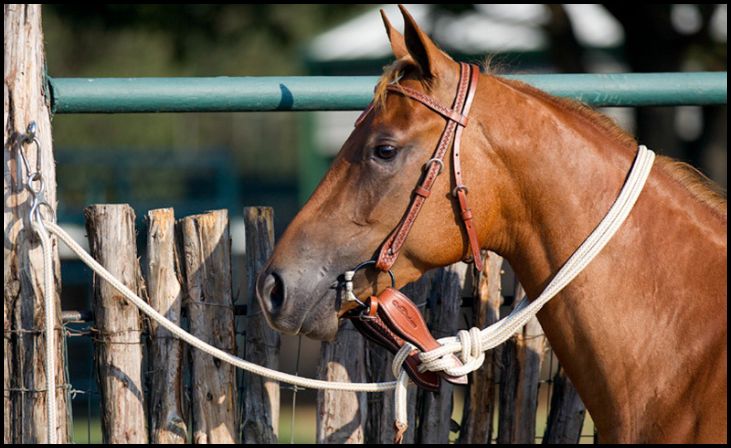
Reins are a fundamental component of the rider’s communication system, allowing for precise guidance and control of the horse’s movements in cutting. The choice of reins depends on personal preference and riding style, with considerations for length, material, and weight. Shorter reins are favored by many cutting riders for quick responsiveness and minimal slack, enabling rapid adjustments during intricate maneuvers. Quality craftsmanship and proper maintenance are essential to ensure the durability and reliability of reins under the rigorous demands of cutting.
Spurs:
Spurs are tools used by cutting riders to refine their communication with the horse, providing subtle cues for precise control and direction. They come in various designs, including rowel and blunt-end spurs, each offering different levels of refinement and intensity in aid. Properly fitted spurs should be used judiciously, with emphasis on precision and timing rather than force. Training and skill development are crucial for riders to effectively incorporate spurs into their communication repertoire while prioritizing the horse’s comfort and welfare.
Saddle Pad:
A well-chosen saddle pad is essential for maintaining the horse’s comfort and performance in cutting. It serves as a protective barrier between the saddle and the horse’s back, absorbing shock and distributing pressure evenly. Cutting-specific saddle pads are designed to accommodate the unique requirements of the sport, with features such as moisture-wicking materials, strategic padding, and contoured shapes to enhance airflow and minimize friction. Proper fitting and regular maintenance of the saddle pad ensure optimal functionality and longevity, supporting the horse’s well-being throughout training and competition.
Helmet:
Safety is paramount in cutting, and wearing a properly fitted helmet can significantly reduce the risk of head injuries in the event of a fall or collision. Helmets designed specifically for equestrian sports offer impact resistance and stability, providing essential protection for the rider’s head during dynamic maneuvers. Proper helmet care, including regular inspection for damage and replacement as needed, is critical to ensuring continued effectiveness in safeguarding against potential accidents. Prioritizing safety through helmet usage underscores the commitment to responsible riding practices and the well-being of both horse and rider.
Water and Feed Buckets:
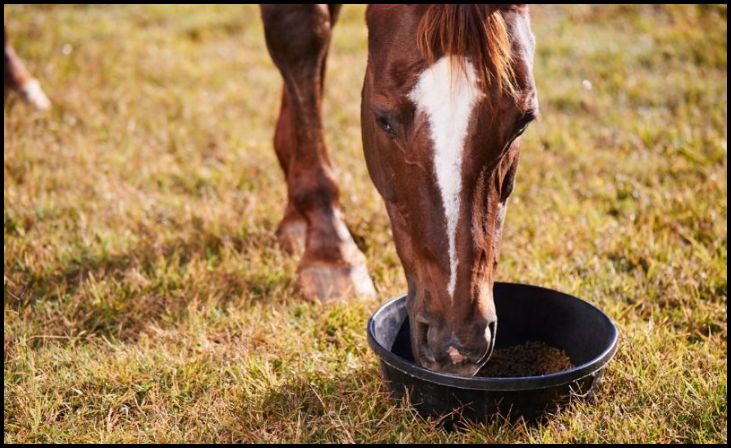
Adequate hydration and nutrition are essential for maintaining the horse’s health and performance in cutting. Durable water and feed buckets are indispensable accessories for ensuring access to clean water and nourishment, both at home and during travel for competitions. Sturdy construction and appropriate sizing accommodate the horse’s needs while withstanding the rigors of daily use. Regular cleaning and inspection of water and feed buckets help prevent contamination and ensure a hygienic environment for the horse, supporting overall well-being and optimal performance in cutting endeavors.
Conclusion
In conclusion, investing in high-quality equipment and gear is paramount for success and safety in the demanding sport of cutting horse riding. By ensuring that both horse and rider are equipped with the appropriate attire and gear, individuals can enhance their performance while minimizing the risk of injury.
Regular maintenance and care of equipment further contribute to the longevity of gear and the well-being of the horse. As enthusiasts continue to pursue excellence in this exhilarating sport, let us remember the importance of proper equipment as a cornerstone of achievement in the arena.
FAQs
What type of saddle is best for cutting horse competitions?
A cutting saddle is specifically designed with a low horn and a deep seat to provide stability and allow the rider to move with the horse’s movements during sharp turns and sudden stops.
Do I need specialized bits for cutting horses?
Yes, a cutting horse bit is essential as it allows for precise communication between the rider and the horse, facilitating subtle cues during maneuvers such as “cutting” cattle from the herd.

